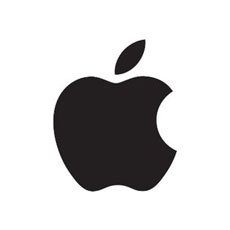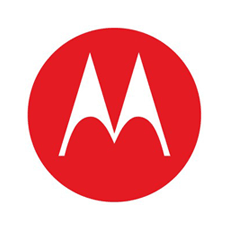Showing: 1 ‐ 15 of 43 Phones
What's good
- Speedy performance
- Excellent battery life
- Vivid, bright display
- One-handed usability
What's bad
- The camera performs poorly in most lighting situations
- The camera is slow to focus
- Chunky body
Verdict
The Sony Xperia XZ1 Compact offers fast performance, sharp screen, and great battery life in a small package. Despite its price and middling camera, it’s an excellent option for those who want or need one-handed usability. For everyone else, there are better, cheaper options.
What's good
- Good picture quality
- Bright display
- Plenty of storage
- Great design
- Android 7.0 Nougat
What's bad
- Slow camera interface
- So-so battery life
- Lower screen resolution than competition
- Lots of pre-installed apps
What's good
- IP68 Rating for water resistance and dust proof
- Sharp and vivid full HD display
- Good battery life
- Excellent pictures in good lighting
- Shoots 4K video
What's bad
- Poor sunlight legibility
- Loss of detail in low light settings for camera
- Lag during graphics-intensive games
- Heats up quickly
What's good
- Excellent processing speed and power
- Accurate and deep colors
- Long battery life
- Easy to use one-handed
What's bad
- Thicker and heavier than larger smartphones
- White balance is a little off
- Back cover scratches easily





















